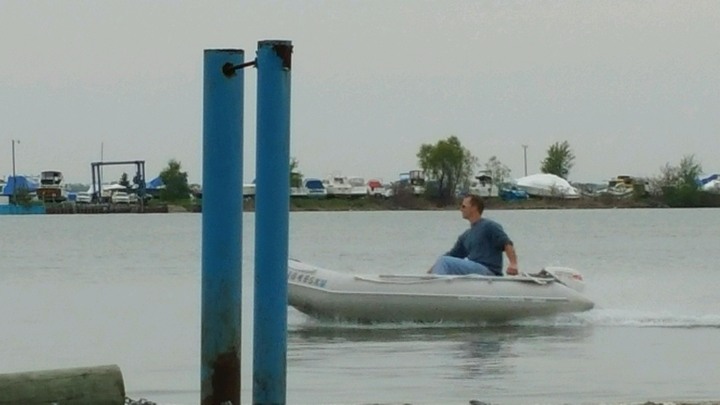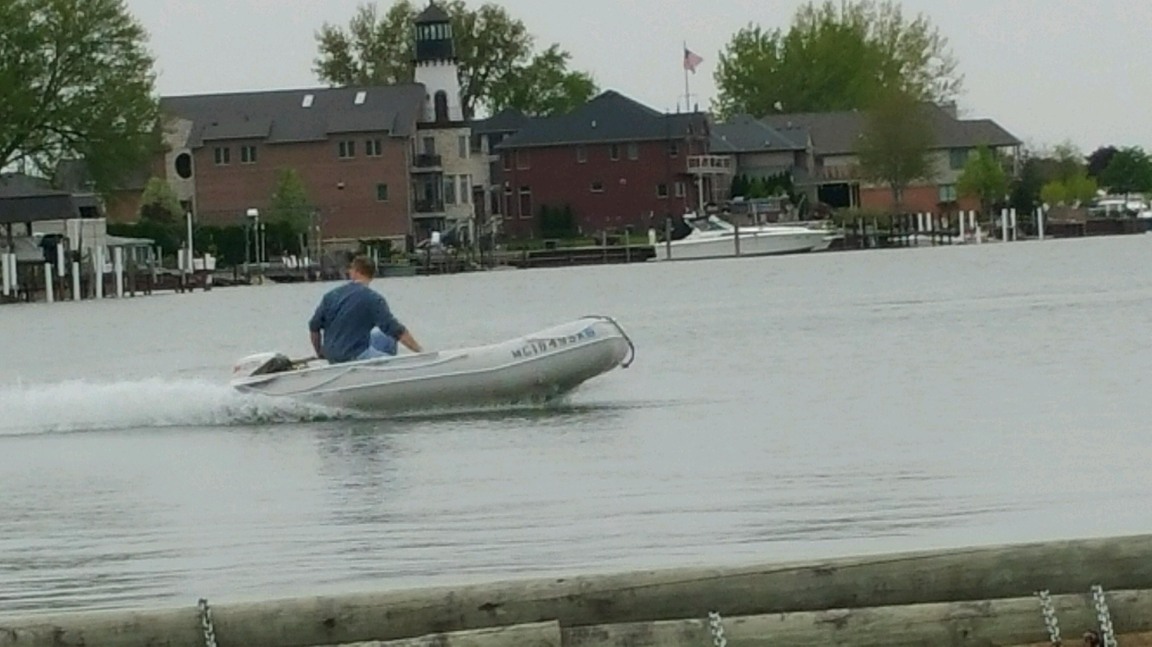Something for him to experiment with, Sea Rider, but the Stingray functions like trim tabs as well as supporting the back of the hull. A small amount of down trim to trim tabs can cure a lot of problems though such as porpoising and lifting the stern and can ease the ride in certain sea conditions. It also minimizes improper weight distribution effects.
Tabs are not for everyone, but on the right boat they can work wonders even with the additional drag. I gave up 1 or 2 MPH on a 14 ft fiberglass but it performed much steadier and killed a tendency to porpoise. That is why you see so many different brands commonly available, as they do work well for some applications and allow planning with smaller motors.
According to what I read in the past, some motors just do not have large enough cavitation plates for some boats, but the manufacturers aim for the
"normal" rig whatever that is and go for speed at the tradeoff of lift.
In the past, one trick manufacturers used was to fix small wedges to the aft end of a hull to prevent porpoising. A friend had a rig which he sent back to the factory who cured the hull problems using the tapered shim. A Stingray device would have probably served the function for him at less expense.
We had a 20 footer which ran great with an 85 HP motor but porpoised with a 120. The hull had a pronounced hook just in front of the transom which helped with the smaller motor but was too much as speed was increased.
It is all a balancing act.























